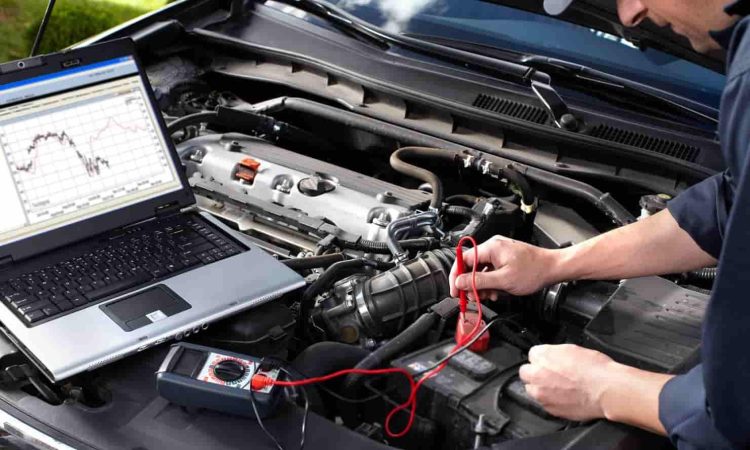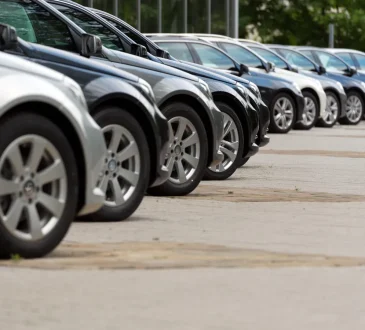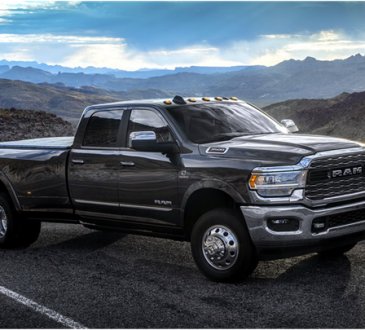
Paint cracking is a common risk. It happens often with vehicle body panels. It happens when the surface coating faces stress, heat, or bad adhesion during repairs. A dented or stretched panel can cause paint issues. The paint may lose flexibility. It can start to crack. Using incompatible primers, fillers, or clear coats can cause problems. The layers may separate. This can lead to cracking over time. Professional repair shops use specific techniques. They do this to avoid costly and unsightly damage.
Controlled Heat Management to Protect Paint Layers
Temperature control is important. It helps prevent paint cracking during panel work. Technicians weld and use heat guns. They control the temperature. This helps prevent overheating the panel surface. Too much heat can make the paint weak. This raises the chance of cracks. Service centers use heat shields. They also use thermal pads. These protect nearby areas. They work on a specific spot. For paintless dent repairs, heat is used. This keeps the panel flexible. It stops the paint from cracking as the dent is slowly taken out. This precision keeps the factory finish intact. It does this whenever possible.
Proper Surface Preparation before Refinishing
Professionals clean and sand the repair area. They remove contaminants like wax, oils, or rust. These can interfere with paint adhesion. They use sanding techniques. They feather the edges of the old paint. This blends into the new repair zone. It creates a smooth transition. Good primers create a strong base. They bond well with the metal surface and the topcoat. This layering process removes weak spots.
Advanced Paint Application Techniques
Modern body shops use advanced refinishing systems. These systems replicate the factory paint. They ensure durability and flexibility. Waterborne paints are better for the environment. They have fewer solvent reactions. They blend well and stick better. Technicians use color-matching systems. They make sure the new paint matches the original finish. Thin layers of paint are used. This is better than one thick coat. It reduces internal stress. Less stress means less cracking. High-quality clear coats seal the surface. They add protection. This helps against UV damage and temperature changes. These factors could harm the paint. Auto Repair in Newport, RI often includes expert refinishing techniques to maintain factory-quality finishes.
Conclusion
After the paint is finished, businesses cure it. They employ drying booths or infrared lamps. This helps the paint dry evenly. It keeps the layers from getting too stressed. Bad curing can hold solvents in. This could lead to fissures later. It could take weeks or even months for it to show up. After curing, professionals check very thoroughly. They employ lights that are different. This helps them find any flaws. They might clean up the region. This makes the restored part look like it belongs with the other panels.




